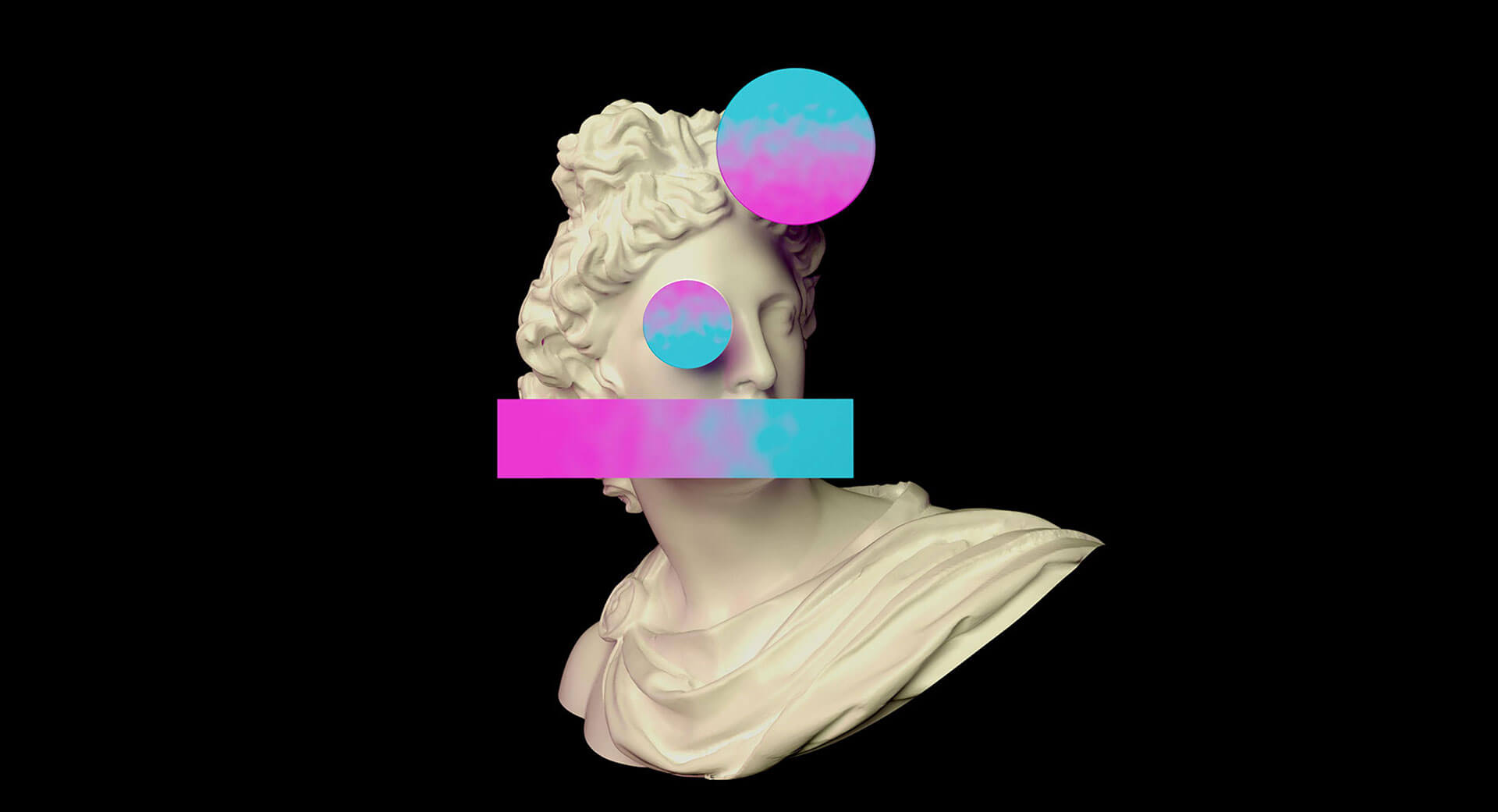
Of all the ways that art is being exchanged around the world, Non-fungible tokens (NFTs) are the newest medium of sharing art with ownership, digitally. Fungible tokens are something that can be interchanged, just like money whereas a non-fungible property has unique properties that cannot be interchanged with somebody else. At the most basic level, NFTs can be called ‘Bitcoins of Art.’ NFTs makes it possible to allow videos, images, music or anything else that’s virtual to be placed in a layout that can be purchased, processed or bought, digitally.
Traditional pieces of art were highly valued because they are unique. But digitally, things can be endlessly duplicated. With NFTs, artists need not worry about duplication since the artworks can be tokenized. Once they are tokenized, a single authentic digital certificate of ownership is generated. This makes the artwork secure of plagiarism and secures it with blockchain technology. To avoid duplication of sorts, artists can link NFTs with their work, making it harder for audiences to replicate and sell their priceless pieces.
If you are an artist with a huge fan base, then NFTs can help your clients trace your artwork online and the blockchain can display the necessary details relevant to your artwork. NFTs are also amongst the newest trends in the art for a cause 2022.
Along with physical exhibits displaying artwork, NFTs are the biggest support system that opens a vast scope of sales to global markets, staged on a broader spectrum. Apart from the already established artists, NFTs have opened doors for budding artists to exchange their youthful ideas online; allowing them to make a mark in their own niche.
How NFTs allow designers to reap the best from their art:
Being Indestructible: Because all NFT data is stored on the blockchain via smart contracts, each token cannot be destroyed, removed or replicated. Once the NFT is created and its value pricing is set high digitally, the ownership can be wilfully passed to the customer. This benefits both parties: the artist with monetary funds and the customer with ownership satisfaction.
Being Verifiable: Another benefit of storing historical ownership data on the blockchain is that items such as digital artwork can be traced back to the original creator, which allows pieces to be authenticated without the need for third-party verification.
For artists, being able to sell artwork in digital form directly to a global audience of buyers at the best nft marketplace without using an auction house or gallery, which allows them to keep a significantly greater portion of the profits they make from sales to themselves.
Millions are already exchanging NFTs and there is a vast community behind it, that is being adopted by artists, musicians, interface designers, architects, furniture designers etc.
Lastly, sustainability is at the heart of producing eco-friendly art digitally and is the road on which most artists aspire to embark upon in the future. If you want your art to be appreciated by both the human force and the planet, then you can either craft art that is made of sustainable materials or choose to curate art that dominates digital presence.
Sustainable art can definitely join hands with a healthy environment in the years to come to create eco-friendly design nfts. It’s up to artists how they best utilize different digital mediums to promote awareness on tenacious environmental issues and create more sustainable spaces for eco-friendly art to thrive. Some of these eco-friendly design nfts are the newest trends in nft design. By collecting and trading exceptional, limited-edition digital artworks, artists can motivate one another, to shape a strong network of eco-friendly design nfts.
It is the perfect digital era to build, collect and permanently preserve art through NEFT. Let’s keep up with the newest trends in nft design and transpire art for the environment and build the best nft marketplace together!



